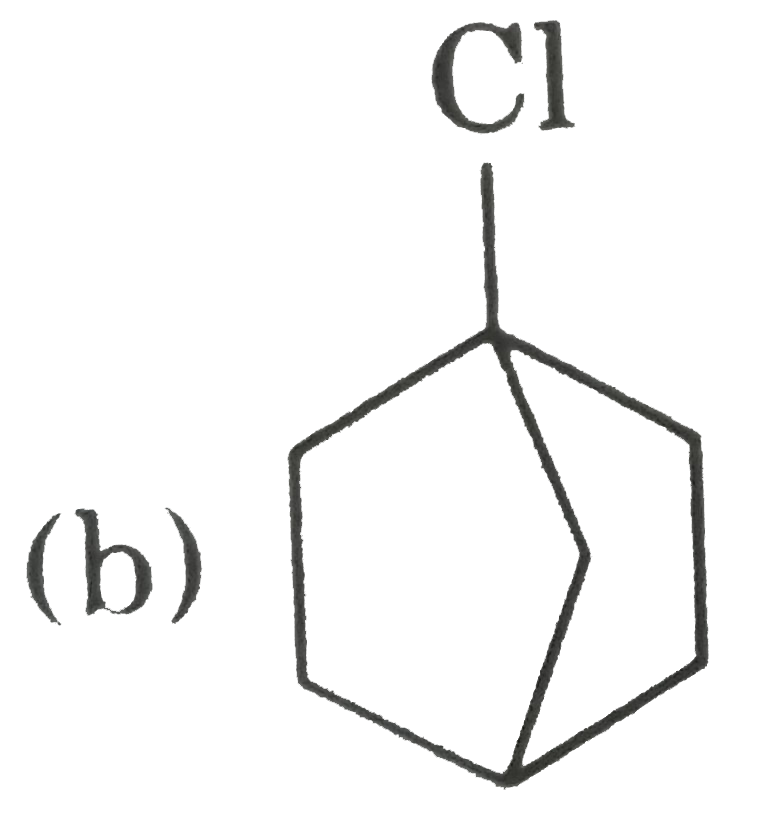An inorganic compound (A) loses its water of crystallisation on heating and its aqueous solution gives the following reactions:
a. It gives a white turbidity with dil HCI.
b. It decolourises a solution of iodine in KI.
c. It gives a white ppt. with AgNO3 solution, which turns black on standing.
(A) is sodium thiosulphate, Na2S2O3.5H2O.
a. Na2S2O3+HCI→NaCI+H2O+S↓Whiteturbidity+SO2
b. 2Na2S2O3+KI3(I2inKI)→Na2S4O6+KI+2NaI<br>c.Na2S2O3+2AgNO3→Ag2S2O3↓White ppt.+NaNO3
Topper's Solved these Questions
- S-BLOCK GROUP 1 - ALKALI METALSBOOK - CENGAGE CHEMISTRYCHAPTER - S-BLOCK GROUP 1 - ALKALI METALSEXERCISE - Ex 4.1 (Subjective)
24 Videos
- S-BLOCK GROUP 1 - ALKALI METALSBOOK - CENGAGE CHEMISTRYCHAPTER - S-BLOCK GROUP 1 - ALKALI METALSEXERCISE - Ex 4.1 (True/False)
1 Videos
- S-BLOCK GROUP 1 - ALKALI METALSBOOK - CENGAGE CHEMISTRYCHAPTER - S-BLOCK GROUP 1 - ALKALI METALSEXERCISE - Archives Subjective
8 Videos
- REDOX REACTIONSBOOK - CENGAGE CHEMISTRYCHAPTER - REDOX REACTIONSEXERCISE - Archives (Integers)
1 Videos
- S-BLOCK GROUP 2 - ALKALINE EARTH METALSBOOK - CENGAGE CHEMISTRYCHAPTER - S-BLOCK GROUP 2 - ALKALINE EARTH METALSEXERCISE - Ex 5.1 Objective
2 Videos
Similar Questions
An unknown inorganic compound (X) loses its water of crystallisation. On heating and its aqueous solution gives the following reactions :
(i) It gives a white turbidity with dilute HCl solution.
(ii) It decolourises a solution of iodide in KI.
(iii) It gives a white precipitate with AgNO3 solution which turns black on standing.
Identify compound (X) and give chemical equation for the reactions at step (i), (ii) & (iii).
View SolutionAn unknown inorganic compound (X) loses it water of crystallisation on heating and its aqueous solution gives the following reaction.
(i) It gives a white turbidity with dilute hydrochloric acid solution.
(ii) It decolourises a solution of iodine in potassium iodide.
(iii) It gives a white precipitate with silver nitrate solution which turns black on standing. Identify the compound (X) and give chemical equations for the reaction at step (i) to (iii).
View Solution
Knowledge Check
The aqueous solution of an unknown sodium salt gives the following reactions
(i) it gives white turbidity with dilute HCl solution (ii) it decolourises a solution of iodine in potassium iodide
(iii) it gives a white precipitate with AgNO3 solution which changes colours and finally becomes black on standing.
The unknown sodium salt isAsodium sulphiteBsodium sulphideCsodium bisulphiteDsodium thiosulphateWhich of the following will give white ppt. with aq.AgNO3 ?
APh-ClB CPh−CH2−IDCH3−CH2CH2CH2CH2−Cl
CPh−CH2−IDCH3−CH2CH2CH2CH2−ClWhich of the following compounds may give white precipitate or turbidity with dilute HCI?
APb(NO3)2BAgNO3CNa2S2O3DCH3COONa
Which of the following complex will give white ppt. with BaCl2 solution ?
View SolutionWhich of the following gives white precipitate with ammoniacal AgNO3 solution?
View SolutionAqueous hypo solution on reaction with aqueous AgNO3 gives :
View SolutionWhich of the following compounds give white ppt. with dil. HCI?
View SolutionWhich of the following will not give a white pt. when AgNO3 is added to its solution?
View Solution
